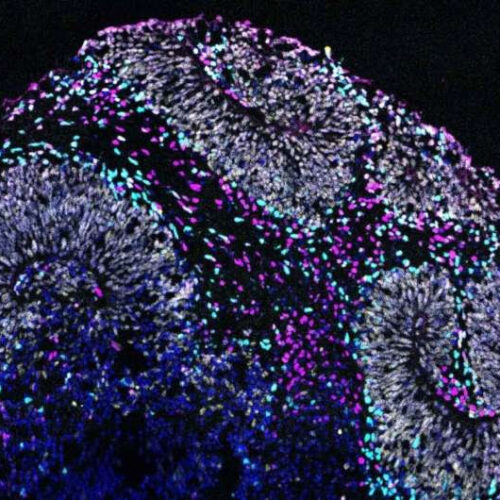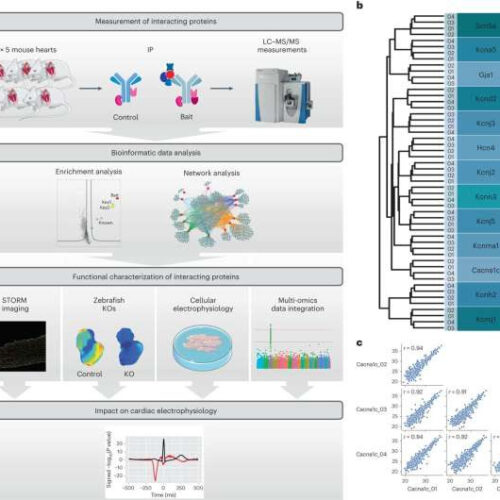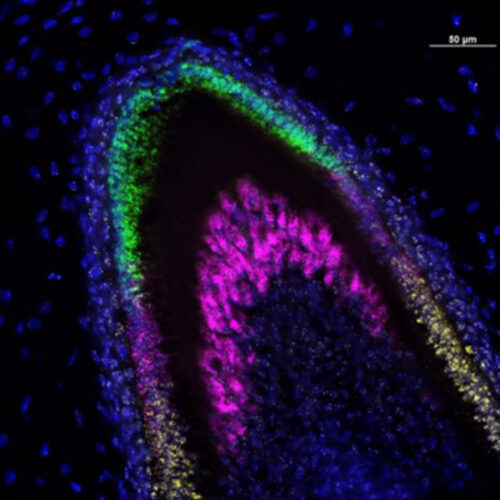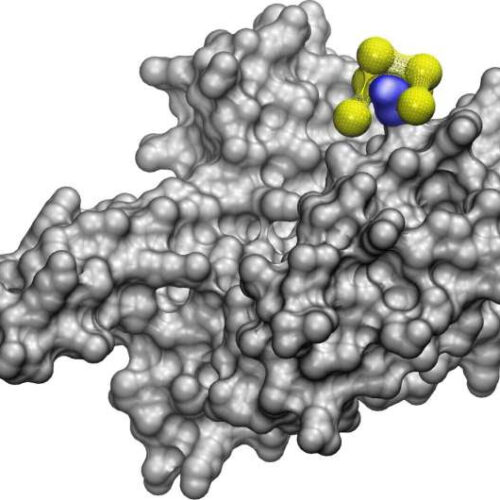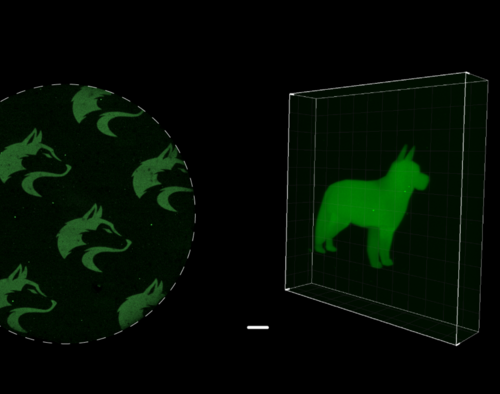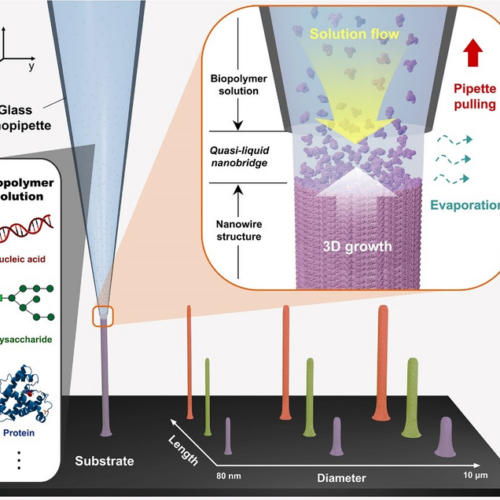by Robin Marks, University of California, San Francisco Microscope image of a brain organoid derived from human stem cells that contain a mutation associated with autism spectrum disorder. These organoids are providing new insight into neurodevelopmental disorders. Credit: David Shin, Nowakowski Lab Tremendous progress has been made over the last decade in identifying genes leading to...
Tag: <span>proteins</span>
Scientists discover a previously unknown way cells break down proteins
HARVARD MEDICAL SCHOOL At a glance: Scientists have discovered a previously unknown mechanism by which cells break down proteins that are no longer needed.These proteins are short-lived and modulate genes that support important neural, immune, and developmental processes.The mechanism could inform the design of therapies to treat conditions that arise when cells make too much...
Artificial Intelligence tools shed light on millions of proteins
UNIVERSITY OF BASEL IMAGE: A SNAPSHOT OF THE INTERACTIVE NETWORK “PROTEIN UNIVERSE ATLAS”. CREDIT: UNIVERSITY OF BASEL, BIOZENTRUM A research team at the University of Basel and the SIB Swiss Institute of Bioinformatics uncovered a treasure trove of uncharacterised proteins. Embracing the recent deep learning revolution, they discovered hundreds of new protein families and even...
Researchers find heartbeat relies on surprisingly large network of proteins
by University of Copenhagen MS evaluation of cardiac ion channel IPs. a, Workflow of the study. We performed MS measurements of immunoprecipitated channels and their interactors and of control IPs from quadruplicate murine cardiac tissue lysates. Deep proteome measurements of the membrane-enriched mouse heart samples utilized in the IP experiments were also performed. Bioinformatics network analyses...
Stem-cell derived organoids secrete tooth enamel proteins
UNIVERSITY OF WASHINGTON SCHOOL OF MEDICINE/UW MEDICINE IMAGE: IN THIS LAB IMAGE OF A DEVELOPING INCISOR TOOTH, COLORS IDENTIFY WHICH GENES ARE BEING EXPRESSED AT EACH STAGE OF DEVELOPMENT. CREDIT: UNIVERSITY OF WASHINGTON DENTAL ORGANOID RESEARCH GROUP Organoids have now been created from stem cells to secrete the proteins that form dental enamel, the substance that protects...
Nanobiotics: AI for discovering where and how nanoparticles bind with proteins
by Kate McAlpine, University of Michigan The new computer model, NeCLAS, predicts that a nanoparticle, shown as a set of yellow balls attached by netting, fits neatly around a very specific protrusion on a protein, marked in blue. The binding site is confirmed by experiments. These kinds of nanoparticles, called molecular tweezers, can be used to...
Synthetic biology: proteins set vesicles in motion
LUDWIG-MAXIMILIANS-UNIVERSITÄT MÜNCHEN Biophysicists have designed a new cell-like transport system that represents an important milestone on the road to artificial cells. Creating artificial cells with life-like characteristics out of a minimal set of components is a major goal of synthetic biology. Autonomous motion is a key capability here, and one that is difficult to reproduce...
Study finds new pathway for clearing misfolded proteins
Peer-Reviewed Publication STANFORD UNIVERSITY Misfolded proteins are toxic to cells. They disrupt normal functions and cause some age-related human degenerative diseases, like Alzheimer’s, Parkinson’s, and Huntington’s diseases. Cells work constantly to eliminate misfolded proteins, but these clearance mechanisms are still poorly understood. In a new study published April 20 in Nature Cell Biology, researchers at Stanford University discovered...
SpyLigation uses light to switch on proteins
UNIVERSITY OF WASHINGTON SCHOOL OF MEDICINE/UW MEDICINE IMAGE: MICROSCOPIC 2D AND 3D IMAGES OF UNIVERSITY OF WASHINGTON HUSKY LOGOS AND A DOG WERE MADE WITH A NEW CHEMISTRY TECHNIQUE, SPYLIGATION, THAT PRECISELY CONTROLS WHEN AND WHERE PROTEINS TURN ON. CREDIT: COLE DEFOREST RESEARCH GROUP Scientists can now use light to activate protein functions both inside and outside...
Entering an ERA of 3D printing even for DNAs and proteins
POHANG UNIVERSITY OF SCIENCE & TECHNOLOGY (POSTECH) IMAGE: 3D PRINTING OF BIOPOLYMERS (NUCLEIC ACIDS, POLYSACCHARIDES, PROTEINS) WITH NANOSCALE RESOLUTION CREDIT: POSTECH Three-dimensional (3D) bioprinting is a useful technique that has been widely utilized in our lives, ranging from reconstructive plastic surgery to artificial organ production. However, many biopolymers, such as nucleic acids, polysaccharides, and proteins,...

